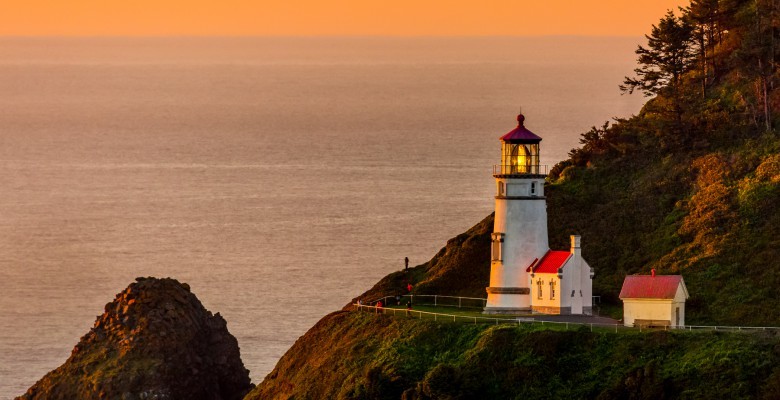What’s more fun than a barrel of monkeys? River otters!
River otters are the life of the party and know how to have fun! They are one of the largest and more social members of the weasel (or Mustelidae) family.
The weasel family has been around for a long time and first appeared about 15 million years ago. This group includes nearly 60 different species including mink, ferrets, badgers, martens, wolverines, and more.

The Mustelidae family inhabits every continent except Antarctica and Australia. All are primarily carnivorous and most are active year around.
River otters are relatively small mammals (overall length can be up to 50 inches) with heavily-muscled, elongated streamlined bodies. They live in water most of the time and are superb swimmers.
They have adapted for a semiaquatic lifestyle in several ways:
–Short powerful legs and webbed toes make fast swimmers (up to eight miles per hour). They are further helped along by their long-thick tapered tail that can also propel them and act as a rudder.
–Dense fur keeps them warm and must be dried and frequently groomed to maintain the insulating properties and water resistance.
–Eyes and ears are set high on the head supporting surface swimming. The eyes also have a third protective eyelid for swimming under water. Otters are also nearsighted.
–Even the small rounded ears and nostrils close when the otter is under water. Allowing them to spend up to eight minutes under water and dive 60 feet!
Range & Habitat
River otters range includes rivers, streams, lakes, estuaries, bogs, and large marine waterways primarily west of the Cascade Range.
Previously, this species was hunted extensively. There was also significant habitat losses due to pollution.
Otters are no longer found in many States. Several States have very successful recovery programs.
The home range for a River Otter can be as large as 30 square miles. Otters tend to follow a regular circuit across watersheds and tributaries and may travel up to 18 miles in a day.
On the Move
Otters are constantly on the move, particularly the males, which are known to travel up to 150 miles each year. Females with young will travel but not nearly that far.
A good part of the movement is hunting. River Otters have an amazing sense of smell and are able to sniff out and pursue concentrations of upstream fish from long distances.
Otters spend most of their time in the water. They are on dry land about one-third of the time.
They often will make extensive overland excursions from one habitat to another. One would wonder how much time is spent building slides.

Food
While fish is the favorite, River Otters will also eat: Crustaceans (like crab, shrimp, and barnacles), Amphibians (think frogs, toads, salamanders, and newts), Invertebrates (such as water insects, worms, snails, snakes), small mammals, birds (eggs, nestlings), and even plant matter.
They are also rather ‘tidy’ eaters and always wash themselves after every meal.
Reproduction
Mustelidae also have very different reproduction patterns. Females control when embryos are implanted and may extend normal gestation for up to a year.
Survival is the name of the game. This delay gives the female a better chance at keeping the young alive with favorable food and weather conditions.
Even if you are unable to see these animals frolic in the wild, be sure to see them at your local zoo or wildlife reserve. Their antics, dances, and rambunctious play puts a smile on everyone’s face.
REFERENCES:
–Oregon Dept. of Fish and Wildlife (https://myodfw.com/wildlife-viewing/species/weasels-skunks-badgers-and-otters and )
–Washington Dept. of Fish and Wildlife (https://wdfw.wa.gov/species-habitats/species/lutra-canadensis)
–Washington Post, River Otters Aren’t Just Cute They are a Sign of Hope for the Environment (https://wapo.st/2ON5vBZ)
–Wikipedia, North American River Otter (https://en.wikipedia.org/wiki/North_American_river_otter)

 Florence, Oregon is a town of art. On the left, there is a photo of one of the latest murals. Spectacular.
Florence, Oregon is a town of art. On the left, there is a photo of one of the latest murals. Spectacular.

